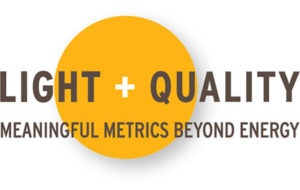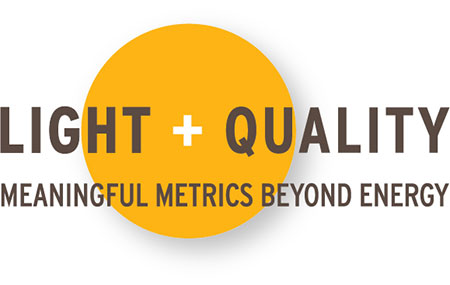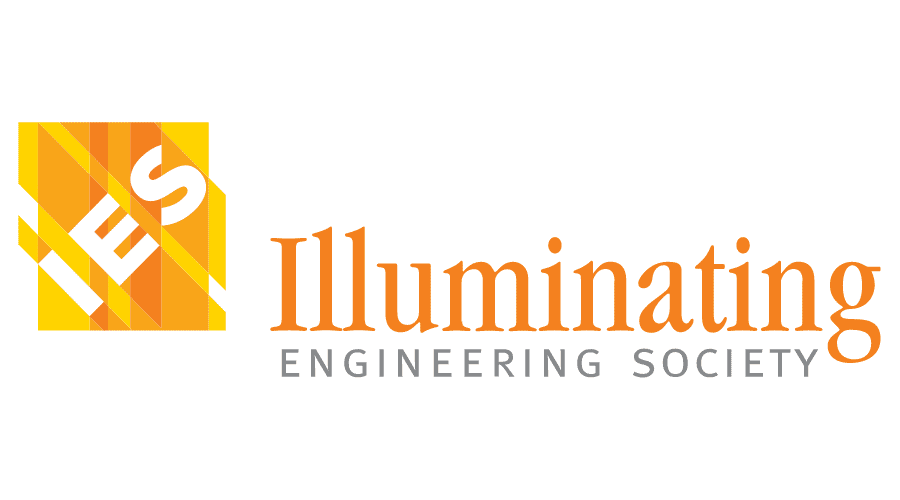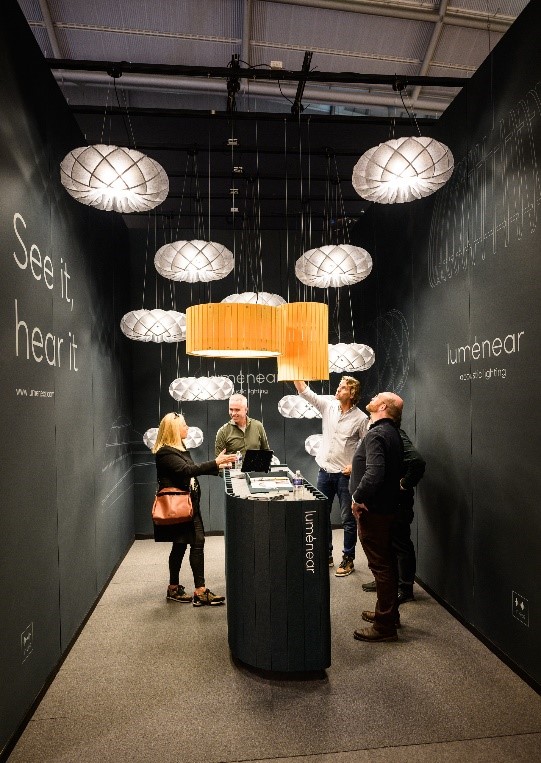Editorial Disclaimer
The views expressed in articles published on FIRES do not necessarily reflect those of IES or represent endorsement by the IES.
By Darcie Chinnis, PhD, PE, IALD, MIES, LEED AP BD+C, WELL AP
Senior Associate, HLB Lighting Design
IES Research Symposium Chair
 Lighting is often described as a balance of engineering and art – where creative aspirations are balanced with functional needs and ultimately often limited by energy code requirements. Different project types typically weigh different parts of that equation based on the type of space, type of client, aspirational goals such as LEED or WELL, and budget. All too often, quality of lighting is seen as an option rather than a requirement, and thus becomes the sacrifice quickly offered to eliminate one constraint from this complex dance.
Lighting is often described as a balance of engineering and art – where creative aspirations are balanced with functional needs and ultimately often limited by energy code requirements. Different project types typically weigh different parts of that equation based on the type of space, type of client, aspirational goals such as LEED or WELL, and budget. All too often, quality of lighting is seen as an option rather than a requirement, and thus becomes the sacrifice quickly offered to eliminate one constraint from this complex dance.
But beyond providing illuminance levels compliant with standards and constructed very narrowly to support fundamental visual performance of a particular visual task, lighting design can consider the larger impact on the occupants of a space. In any space, the fundamental design criterion of light on the work plane is important and defines the quantity of light in a space. But the quality of that delivered light and how that quality impacts occupants inherently determines the success of the application.1
As lighting products continue to improve, we can make significant reductions to the energy required to meet our quantity requirements. But it seems logical that there may be a constraining factor if we consider that the quality of the lighting should hold equal stature in the engineering effort.
Lighting quality can often take on life as a “fluffy” term – is the lighting design good? Is it cool or fancy or interesting? But there are fundamental parts of lighting that contribute to the quality of the design and can be measured. These include metrics regarding the light source itself (for example, color rendering,2 saturation, spectral power distribution,3 flicker,4 glare5), the distribution of light in a space (e.g., light pattern, uniformity, controllability, visual comfort6), how that distribution changes over time (e.g., with dimming or daylighting7), and the non-visual impacts (e.g. circadian impacts,8 naturalness, comfort), among others.
Similarly, the qualitative ways we describe human responses to lighting are often also “fluffy” – how does it make you feel? Do you like it? But again there are fundamental outcomes of lighting that are not necessarily directly paralleled by visual performance. These include nonvisual outcomes (e.g., eye strain,9 visual ergonomics10), performance metrics that are a result of visual performance (such as error rates, productivity,11 work behaviors12), health effects (including acute effects, long-term effects,13 recovery rates), and economic impacts (such as retail sales14 and “attraction lighting”), among others.
Taking these two sides into account – that there can be metrics associated with how we define quality lighting and metrics associated with how we measure quality lighting – it seems logical that the concept of quality can move beyond the “fluffy” and be used to craft a more staunch and justified position in defense of design.
We’ve also seen an increased focus on quality in the aspirational standards. LEED v4 promotes quality lighting design as being equally important as other energy efficiency measures, in an effort to make sure that we haven’t lost the forest for the trees. The WELL standard promotes quality lighting design, through visual balance and reduced flicker, as being equally important as other health-related design and operations measures as an overall focus on the whole person.
As a lighting designer, I lean heavily on industry standards to help design quality lighting applications. We can be inventive, find novel ways to approach design and integration with architecture, and push the boundaries of conventional lighting approaches. But fundamentally, I rely on industry metrics and standards to help guide product selection and design. CRI and TM-30 metrics help me evaluate the color rendering quality of light being delivered. IEEE-compliant devices help me avoid (to the extent possible) flicker from my LED sources. The IES Handbook and RPs help me define the extent to which uniformity is helpful, or contrast is valuable, or sparkle is acceptable. But connecting those steps with a direct through-line to the potential nonvisual outcomes, health effects, or economic benefits is often challenging and undefined.
As we watch energy codes continue to reduce lighting power density – a necessary step in reducing the impact of the built environment – it seems inevitable that we will reach a position where, despite the wildly successful increase in efficiency of lighting technology, lighting quality may not be achievable under certain circumstances. Are we as an industry ready to argue why W/sq.ft is not the only criterion? Are we ready to defend that position with research and data that support an economic case for lighting quality?
The 2020 IES Research Symposium, “Light + Quality,” will be focused on addressing this particular issue. The symposium format will provide for the sharing of current metrics, research methods, and results, with the goal of rallying the lighting research and applications communities together around the shared need to promote the importance of elevating the focus on quality lighting design.
References
1 Veitch JA. Psychological processes influencing lighting quality. J Illum Engineering Soc. 2001;30(1):124-140.
2 House, K, Mossman M, Smet K, Whitehead L. (2016). Tutorial: Color rendering and its applications in lighting. Leukos. 2016;12(1-2):7-26.
3 Küller R, Ballal S, Laike T, Mikellides B, Tonello G. The impact of light and colour on psychological mood: a cross-cultural study of indoor work environments. Ergonomics. 2006;49(14):1496-1507.
4 Poplawski ME, Miller NJ. Flicker in Solid-State Lighting: Measurement Techniques, and Proposed Reporting and Application Criteria. Proc Intl Commission on Illum, Paris; 2013.
5 Kent MG, Fotios S, Altomonte S. An experimental study on the effect of visual tasks on discomfort due to peripheral glare. Leukos. 2019;15(1):17-28.
6 Iacomussi P, Radis M, Rossi G, Rossi L. (2015). Visual comfort with LED lighting. Energy Procedia. 2015;78:729-734.
7 Van Den Wymelenberg K, Inanici M. A critical investigation of common lighting design metrics for predicting human visual comfort in offices with daylight. Leukos. 2014;10(3):145-164
8 Rea M, Figueiro M, Bullough J. Circadian photobiology: an emerging framework for lighting practice and research. Lighting Res Technol. 2002;34(3):177–187.
9 Bullough J, Akashi Y, Fay C, Figueiro M. Impact of surrounding illumination on visual fatigue and eyestrain while viewing television. J Applied Sci. 2006;6(8):1664-70.
10 Saklani A, Jha S. Impact of Ergonomic Changes on Office Employee Productivity. Intl J Mgmt Research. 2011;2(1).
11 Clements-Croome D, Baizhan L. Productivity and indoor environment. Proc Healthy Bldgs. 2000;1:629-634.
12 Kattman B, Corbin T, Moore L, Walsh L. Visual workplace practices positively impact business processes. Benchmarking Intl J. 2012;19(3):412-430.
13 Fisk WJ, Rosenfeld AH. Estimates of improved productivity and health from better indoor environments. Indoor Air. 1997;7:158-172
14 Freyssinier JP, Frering D, Taylor J, Narendran N, Rizzo P. Reducing lighting energy use in retail display windows. Proc SPIE 6337, 6th Intl Conf Solid State Lighting; 2006.







